Throughout the Tang dynasty, the high bun enjoyed great popularity.
Due to the luxury of the ruling class, the makeup of women in the late Tang was more extravagant, and gradually there was an unnatural beauty.
Duo Ma Ji 堕马髻
Duo Ma Ji (Chinese: 堕马髻 ; pinyin: duò mǎ jì) is a bun that is often found in the Han dynasty, the shape of the bun seems to fall from the posture of a horse.
During the Tianbao era, Duo Ma Ji began to reappear and became popular again during the Zhengyuan era.
Generally speaking, Duo Ma Ji was popular in the late Tang dynasty for a long time.
The Duo Ma Ji was worn by the nobility and upper class at the time and is seen in the painting “Lady Guoguo’s Spring Outing” by Tang dynasty painter Zhang Xuan.
E Ji 峨髻
E Ji (Chinese: 峨髻 ; pinyin: é jì), is the high bun that was most popular among the noble women of the Tang dynasty.
The buns stood high overhead, like the tops of a steep mountain, and some could even reach an inch in height.
The bun is often decorated with hairpins, flowers, or flower crowns, which are full of elegance and grace.
Pao Jia Ji 抛家髻
The decline of the Tang dynasty in the middle and late periods is also reflected in women’s hairstyles.
During Emperor Xizong of the Tang dynasty, courtiers combed a tight and convenient bun style, which was learned by local women when they fled for shelter, called “Qiu Ji (囚髻, prisoner bun)”.
Before the war at the end late Tang dynasty, women in Chang’an City combed their hair to the temples. The people of that time called it Pao Jia Ji (Chinese: 抛家髻 ; pinyin: pāo jiā jì), and later generations took it as a sign of leaving their homes during the war.

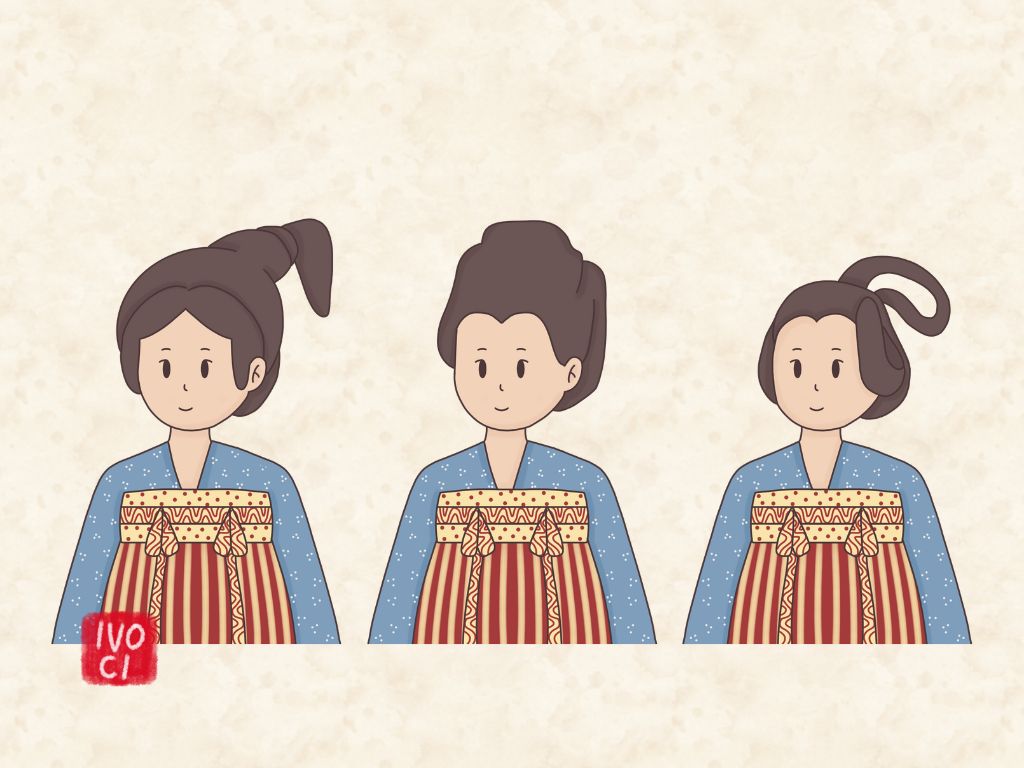
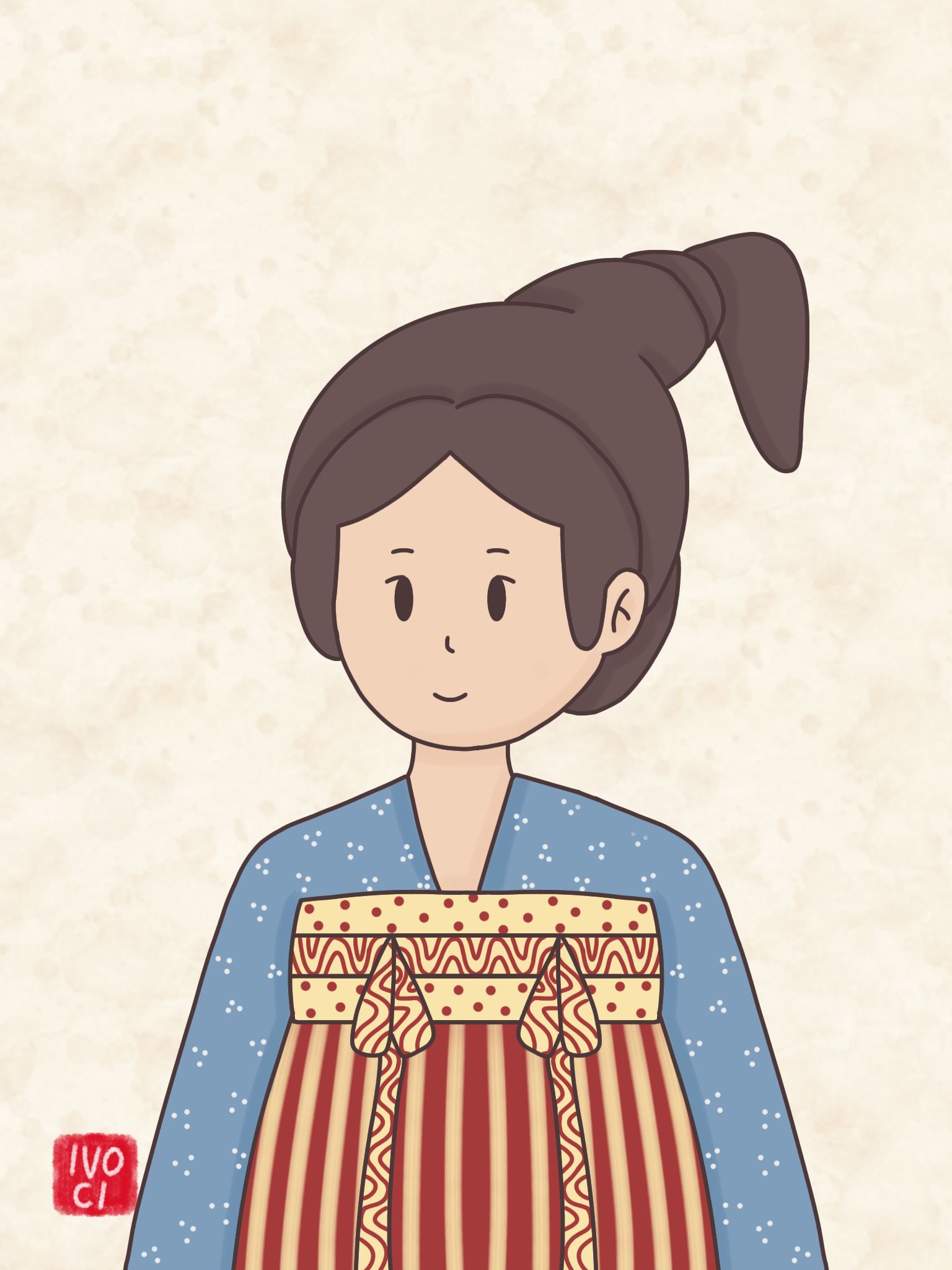
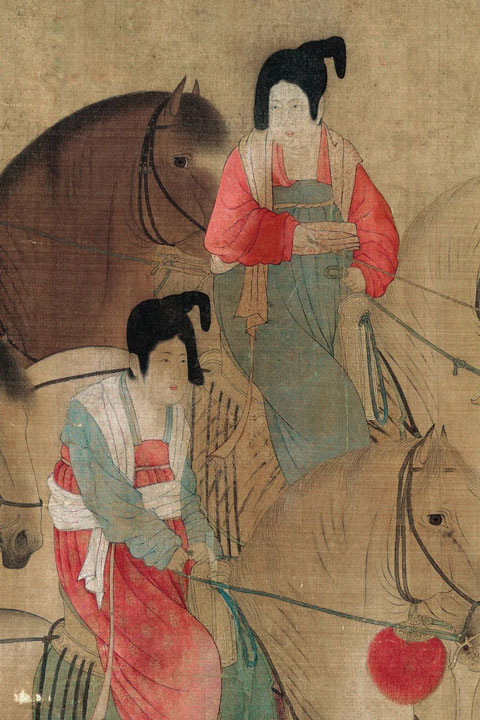
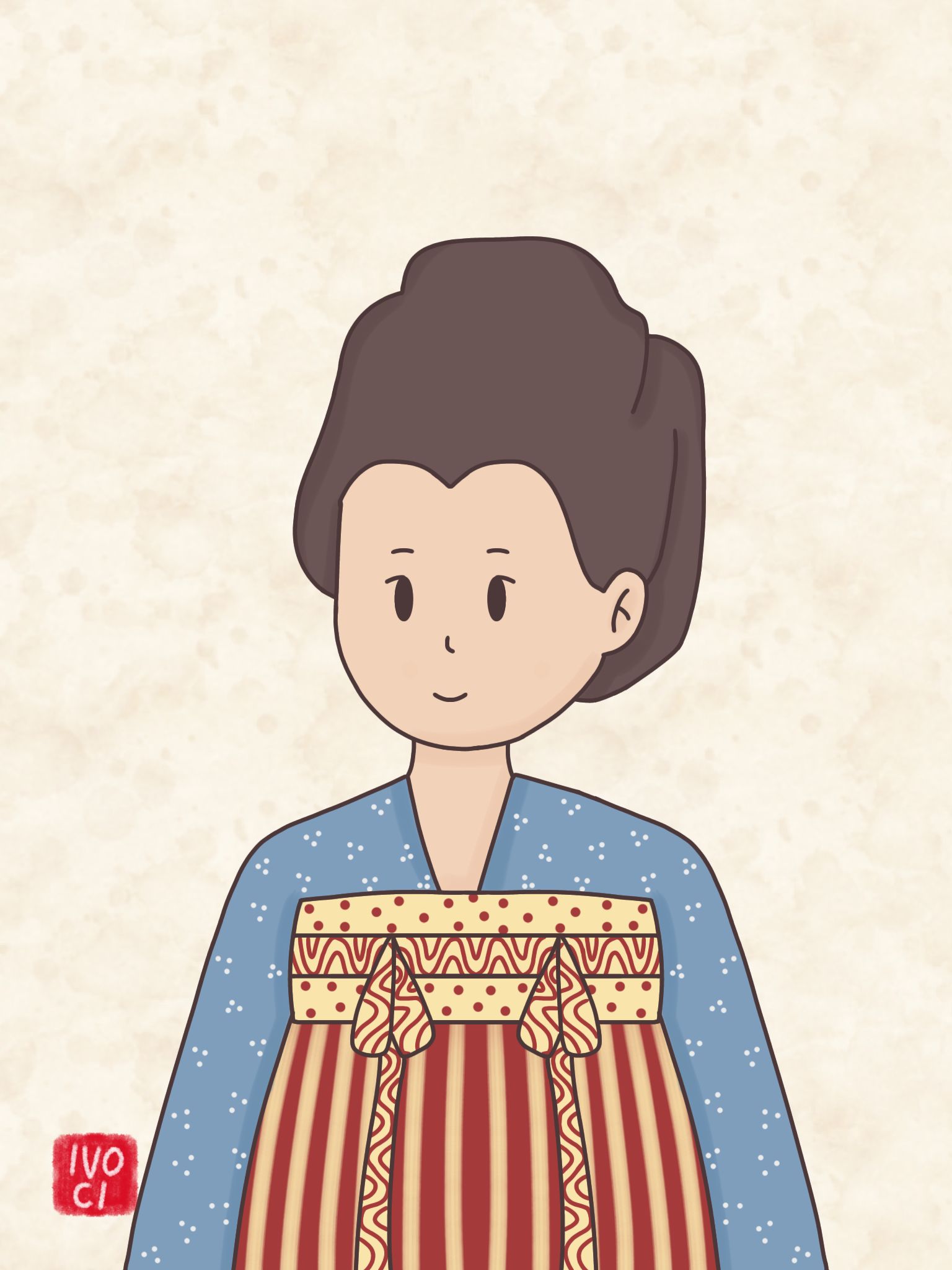
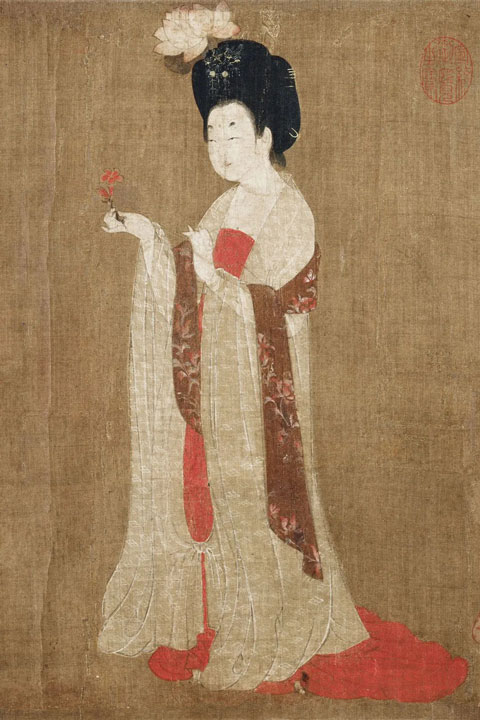
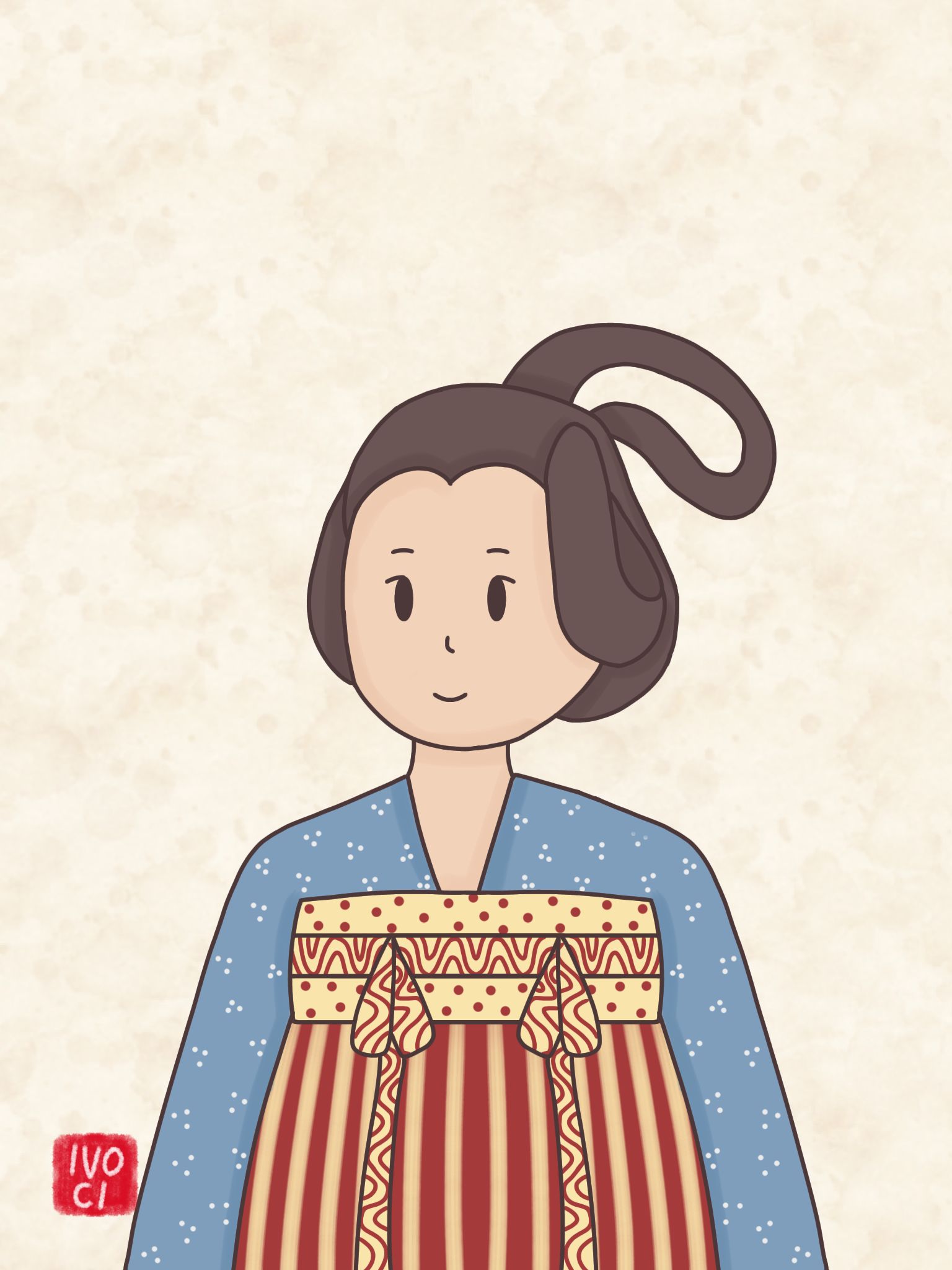
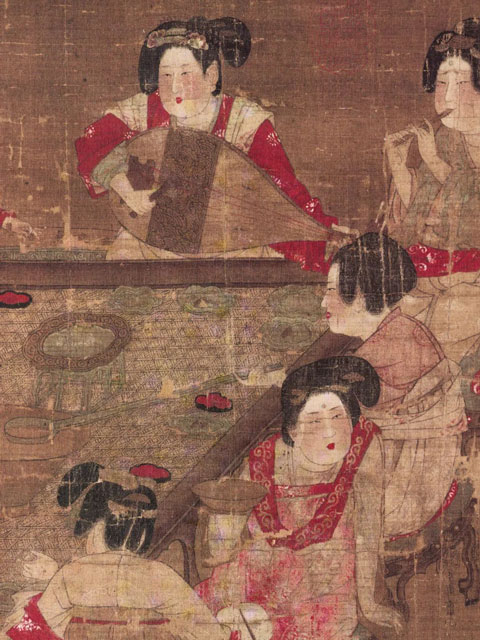
Leave a Reply